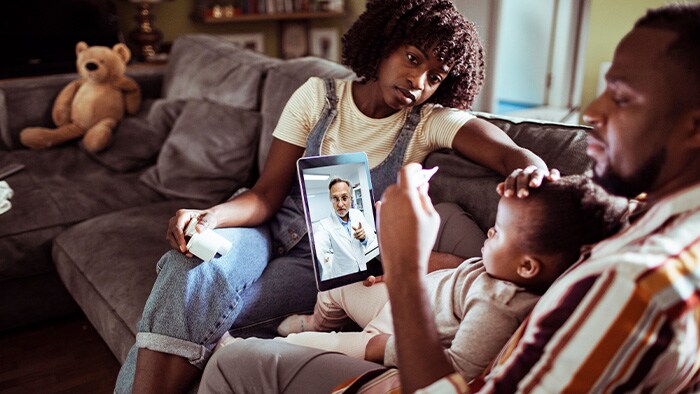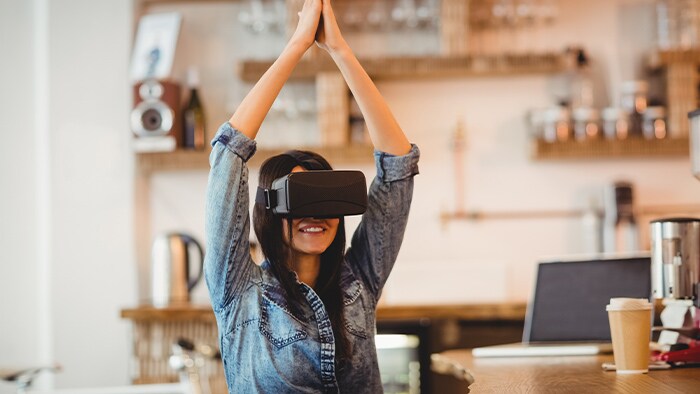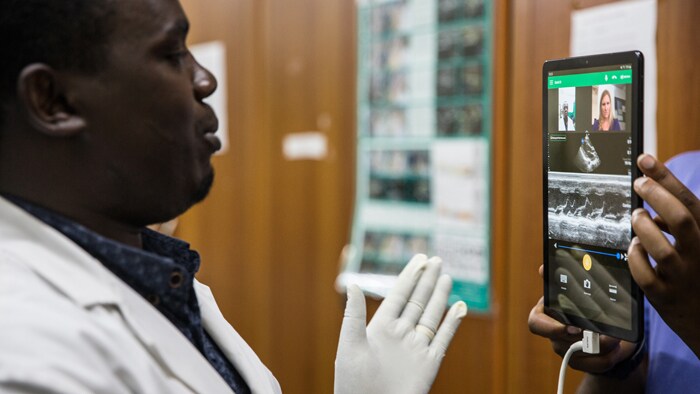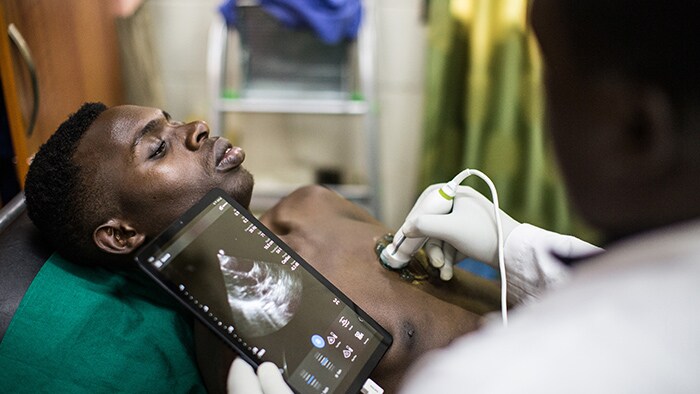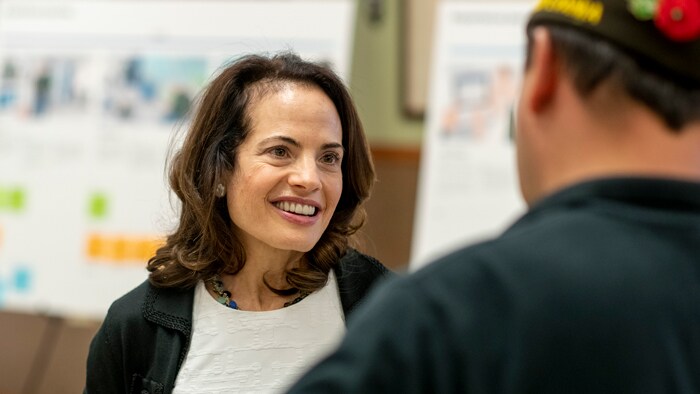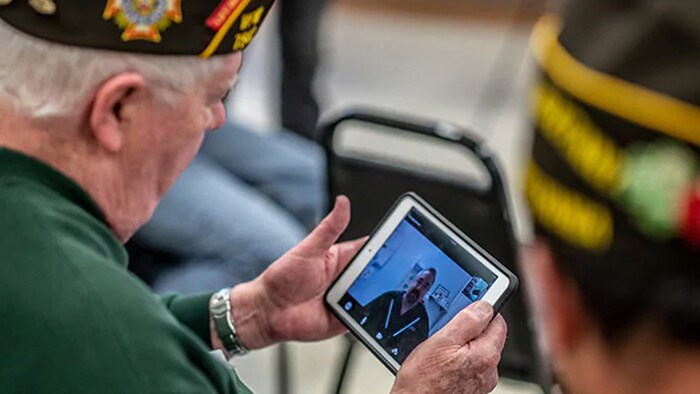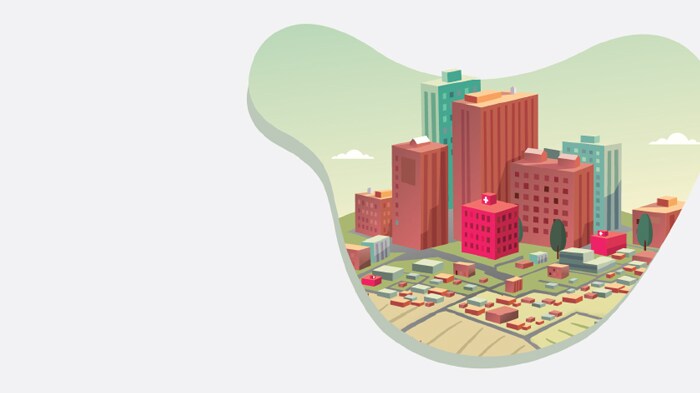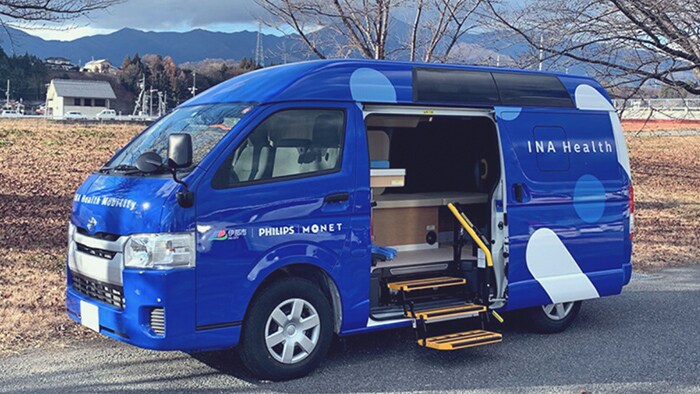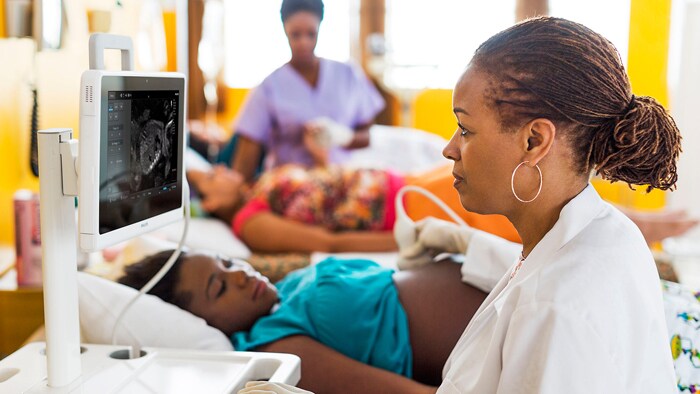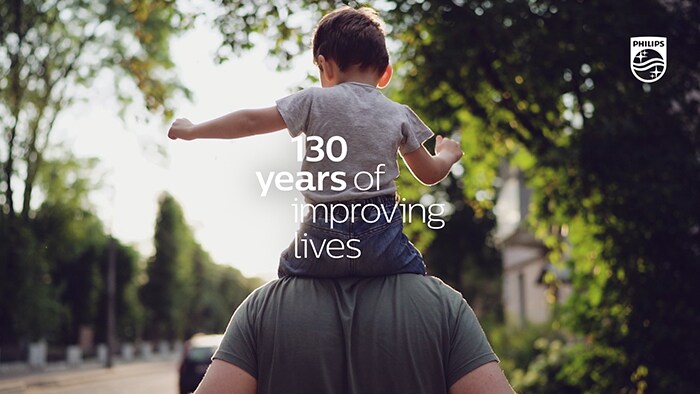Together, we make life better
What will the future hold?
As we prepare for a post-pandemic world, we collaborated with the Institute for the Future (IFTF) to see how the innovators of today are shaping a people-powered tomorrow.
Now is the time
Healthcare beyond borders
Africa has less than 2% of the world’s healthcare workers, but bears 25% of the global burden of disease. In Rwanda, we’re connecting local physicians with their counterparts in the US and Europe for real-time ultrasound training and support.
Healthcare beyond borders
Africa has less than 2% of the world’s healthcare workers, but bears 25% of the global burden of disease. In Rwanda, we’re connecting local physicians with their counterparts in the US and Europe for real-time ultrasound training and support.
Facing the challenge of remote care
Small and remote communities can be hours from the nearest hospital and lack reliable internet connections. In partnership with the U.S. Department of Veterans Affairs, we’re creating ‘telehealth pods’ in rural areas to bring face-to-face medical care to patients everywhere.
Facing the challenge of remote care
Small and remote communities can be hours from the nearest hospital and lack reliable internet connections. In partnership with the U.S. Department of Veterans Affairs, we’re creating ‘telehealth pods’ in rural areas to bring face-to-face medical care to patients everywhere.
The hospital that comes to you
Rapidly ageing communities face the twin challenges of limited facilities and restricted mobility. We see the future of healthcare reaching far beyond hospital walls. This vision is coming to life today with specially equipped vehicles that bring the hospital to the patient — as our Chief Design Officer explained to the SXSW conference 2020.
The hospital that comes to you
Rapidly ageing communities face the twin challenges of limited facilities and restricted mobility. In Japan, we’re using vehicles equipped with diagnostic and telehealth technology to bring the hospital direct to the patient.
Hands-free health for expecting mothers
Tracking the health of mother and fetus is vital to healthy pregnancy. We’ve developed a non-invasive pod-and-patch system that minimizes physical interactions while continuously monitoring vital signs and intrauterine activity.
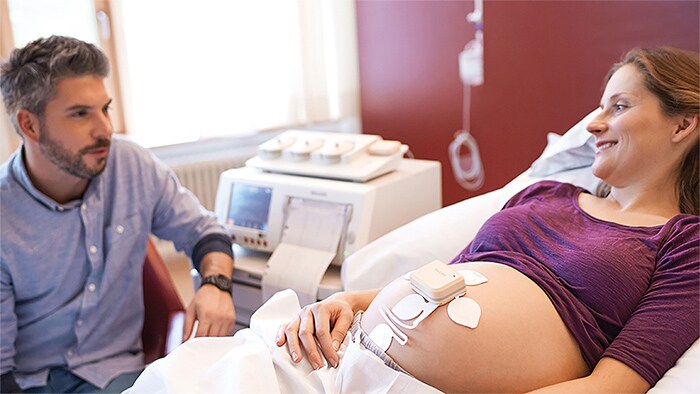
Hands-free health for expecting mothers
Tracking the health of mother and fetus is vital to healthy pregnancy. We’ve developed a non-invasive pod-and-patch system that minimizes physical interactions while continuously monitoring vital signs and intrauterine activity.
A safe and watchful eye
Caring for patients will always require human contact. Wearable biosensors let health workers track vital signs remotely, so we reduce interactions, control transmission risk, and provide personal protection when it’s needed most.
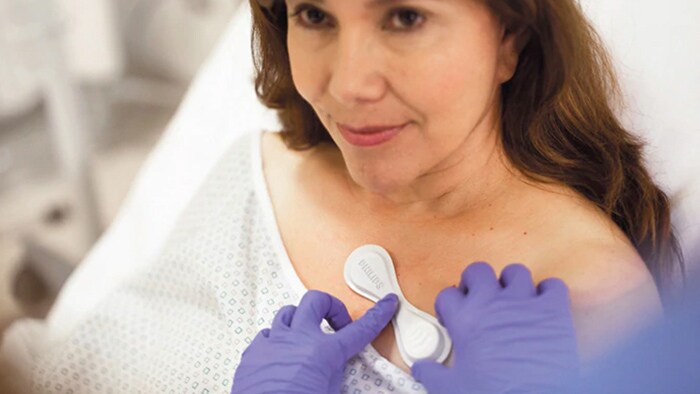
A safe and watchful eye
Caring for patients will always require human contact. Wearable biosensors let health workers track vital signs remotely, so we reduce interactions, control transmission risk, and provide personal protection when it’s needed most.

